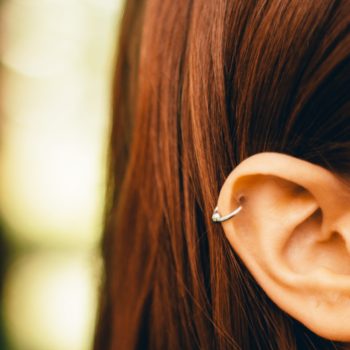Which moles categories are most at risk of complications? Who, and how often should undergo a regular dermatological examination? These are some of the questions answered by Dr. Antonio Costanzo, Head of the Dermatology Unit at the Humanitas Clinical Institute, to explain the rules of proper prevention of skin diseases.
A check-up by the dermatologist every year
“Who has many moles (snow is the scientific term) should be checked every year – said the dermatologist -, especially if he has clear skin and if he is familiar with skin tumors”.
The check-up, through video-dermoscopy, is in fact the first step for the early detection of melanomas and other skin cancers and adults should do it annually.
Five signals to consider
Some signs may indicate that the skin has a more serious problem than it seems.
Here are five anomalies or signals that should never be underestimated:
1 – A pimple that does not disappear or bleeds.
2 – Familiarity: have a relative who had a melanoma. There are some categories that are more at risk than the general population of developing a melanoma. Those who have a history of melanoma should be monitored more closely in the five years following diagnosis.
3- Have very clear skin. The mapping of moles is also recommended for subjects with a clear phototype (phototype I or II), in other words with red or blond hair and diaphanous skin, as they are more sensitive to sun damage, especially if they have frequent sunburns behind them.
4 – Having several moles: more than a hundred. For these subjects it is more difficult to keep track of the changes of each mole, given the amount that is present on their bodies. Being visited constantly therefore reduces the risks.
5- Those who suffer from dysplastic nevus syndrome. Nevus is another (more rigorous) way of calling the moles. Those who suffer from this syndrome have a tendency to develop “atypical” nevi. The examination is also advisable for those who, for professional reasons or not, are exposed to the sun for long periods.








